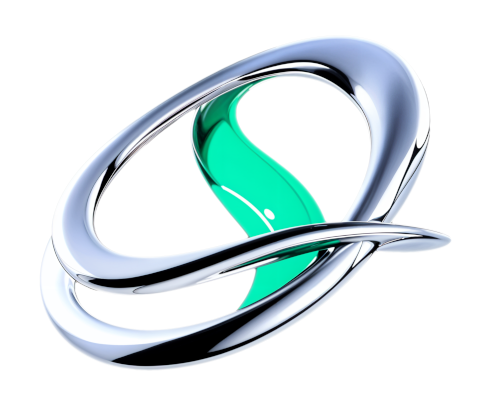Infinite musicideasbeatsloopsscalesgenresraveglitchimprovcollab machine
Beat DJ is free to try forever
For Mac, Windows & Linux
Pricing
Free
Discover the main features: create and generate sound loops in endless combinations. Perfect for exploring Beat DJ’s essential tools at no cost.
- All audio editing
- Cloud sample library (Over 14GB+)
- AI Assistant
- All effects
- Save & load projects
Can't afford pro? Ask about our student discount
Rent-to-Own Pro
30 USD every 3 months. 30 Payments. Cancel/pause anytime.
- Everything in Free
- All features & updates
- Recording & exporting
- Microphone recording
- Live performance tools
- Visualizers & themes
- And more
Type `pro start` in the app to upgrade.
Discount Code: PRO500 for 90% off your first 3 months
Pro For Life
One-time purchase: 699 USD
Discount Code: PRO4LIFE500 for 50% off
Enjoy Pro with no recurring fees, plus all future updates for a lifetime of music creation.
- Everything in Pro
- All Pro features forever
- All future updates included
- Pay once and own it all
Type `pro 4life` in the app to purchase.
Discount codes are only available for our first 500 customers. This is the last promo we will ever do. If you are reading this they are still available!
What our community has to say
Beat DJ is free to try forever
For Mac, Windows & Linux
Questions? Just ask the AI inside Beat DJ
- `ai how do I make techno?` (or any genre)
- `ai add song structure`
- `ai how do I record?`
Music made with Beat DJ
Live Performance
There are 4 large diamonds on Beat DJ. The bottom left one is the left headphone channel, the bottom right is the right headphone channel. The top ones represent the speakers left and right channels. If you perform live you will need an audio interface and you will need to create an aggregated sound output device so you can preview the sounds on your headphones.
Linux setup instructions coming soon. Email us if you need help or if you figure it out! dev@soniare.net
Live performance tips video
What's new?
Contact
You can email me at nes@soniare.net
Want a free video call tutorial?
Come to Beat DJ office hours at 3PM PT (6PM ET) on Discord every Tuesday. If Tuesdays don't work for you, you can also book a time.
Thank you!
- Nes
Beat DJ is free to try forever
For Mac, Windows & Linux
